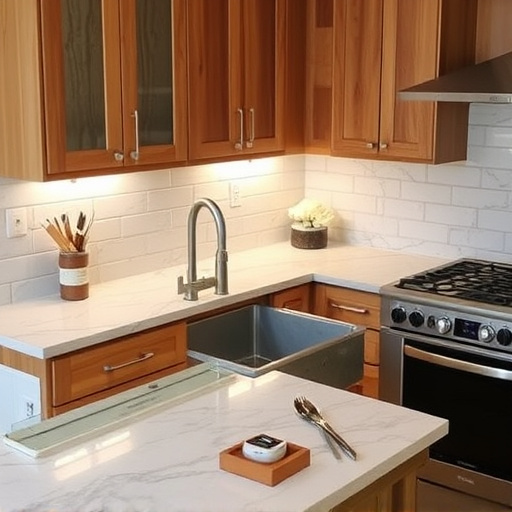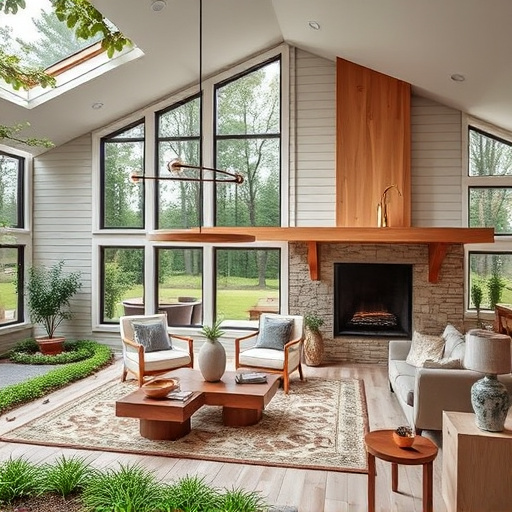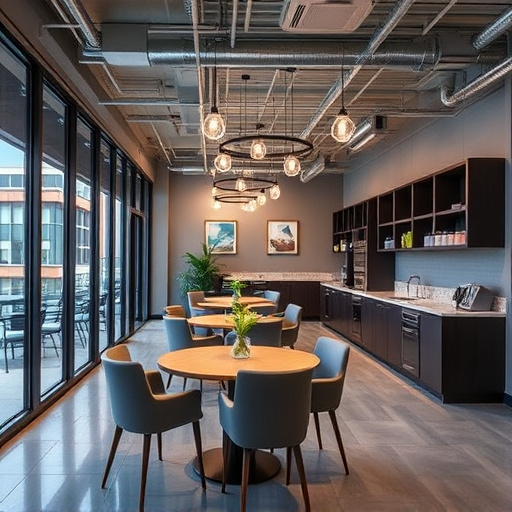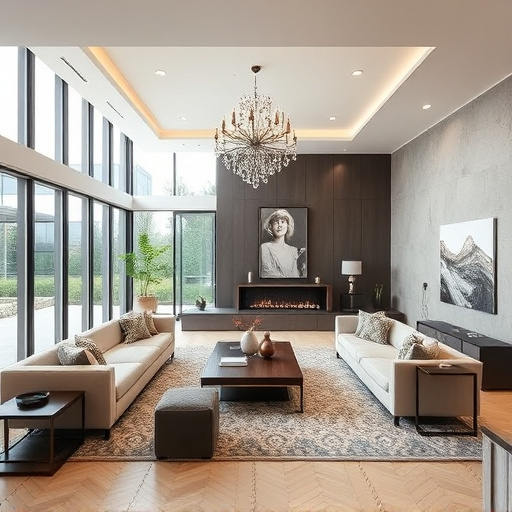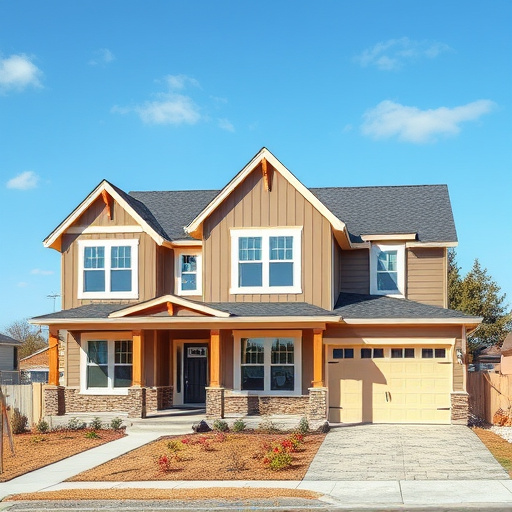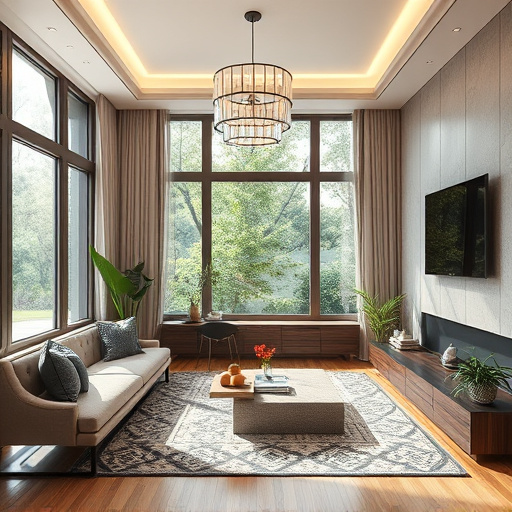Focus on clear goals like productivity or appeal when remodeling, avoid scope creep, prioritize business needs and cultural values. Engage employees during planning for seamless construction, gain insights into preferences. Future-proof with flexible layouts, modular furniture adaptable to growth, changing worker preferences, remote work models.
Planning an office remodel can be exciting but also fraught with common pitfalls. To ensure a successful transformation, avoid scope creep by staying focused on your core goals from the start. Prioritize employee engagement throughout the process for minimal disruption and maximum buy-in. Lastly, plan for future flexibility and scalability to accommodate evolving business needs. By considering these strategies, you’ll create a dynamic workspace that serves as an asset to your organization.
- Avoid Scope Creep and Stay Focused
- Prioritize Employee Engagement Throughout
- Plan for Future Flexibility and Scalability
Avoid Scope Creep and Stay Focused
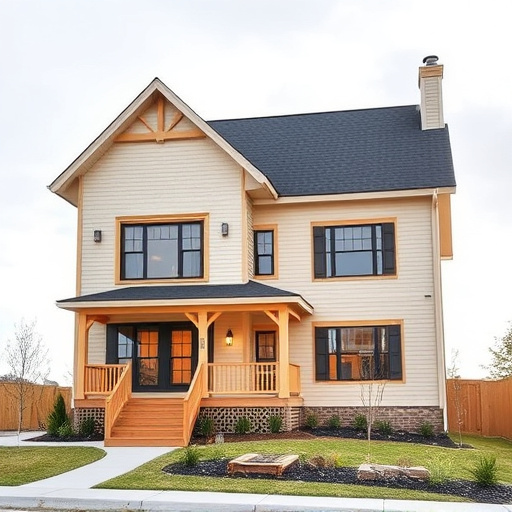
When planning an office remodel, it’s easy to get caught up in the excitement and start making changes for the sake of it. However, this can lead to scope creep, where your initial vision expands exponentially, causing delays, increased costs, and potential disruption to business operations. To avoid this pitfall, establish clear goals from the outset. Define what you want to achieve with the remodel—whether that’s improving employee productivity by reconfiguring space, enhancing collaboration areas, or creating a more inviting entrance.
Focus on these key objectives and resist the temptation to veer off into other areas like extensive kitchen renovations or elaborate bathroom features, which might be appealing but could divert resources from your primary goals. Remember, an office remodel should align with your business needs and cultural values; staying focused will ensure you create a functional and inspiring workspace without overspending or delaying your project’s completion.
Prioritize Employee Engagement Throughout
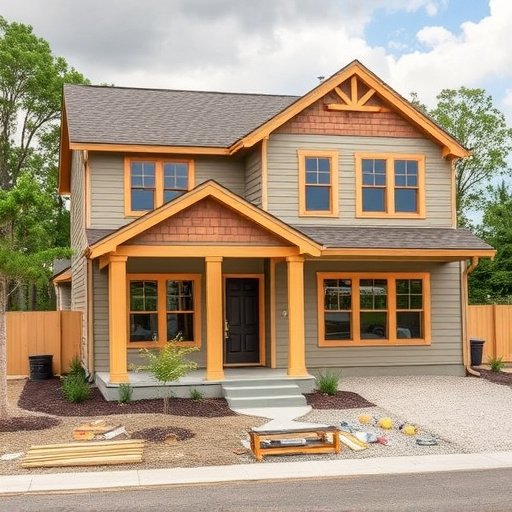
In an office remodel, prioritizing employee engagement is crucial for maintaining productivity and morale during construction. Involving your team from the planning stages can prevent disruptions and foster a sense of ownership. Encourage open communication channels to understand their needs and concerns about the changes ahead. This proactive approach ensures that floor replacements or residential renovations are seamlessly integrated into daily operations, minimizing the impact on work spaces and routines.
By engaging employees, you also gain valuable insights into their preferences for new layouts, furniture, and technology. Incorporating feedback from your team, especially in areas like kitchen and bath facilities, can lead to a more comfortable and inspiring workplace environment post-remodel. This collaborative process not only enhances job satisfaction but also ensures the final result aligns with the collective vision and needs of the office community.
Plan for Future Flexibility and Scalability

When planning an office remodel, future-proofing your space is just as important as creating a visually appealing and functional environment. Consider the evolving needs of your business and the potential for growth when designing your new or renovated office layout. This forward-thinking approach ensures that your space can adapt to changing worker preferences and business requirements. For instance, incorporating adjustable desks and modular furniture allows for flexible seating arrangements, catering to a mix of collaborative work and individual focus.
By integrating this kind of customizable work infrastructure, you’re not just preparing for potential growth in staff numbers but also enabling different working styles. This flexibility can be particularly beneficial if your company embraces remote work or hybrid models, as it provides options that cater to various team members’ needs, enhancing overall job satisfaction and productivity. Think beyond the traditional office layout; plan for future kitchen renovations or bathroom remodels too, ensuring these spaces are designed with scalability in mind.
When planning an office remodel, avoid scope creep by staying focused on your goals. Prioritize employee engagement throughout the process to maintain productivity, and ensure your design plans offer future flexibility and scalability to accommodate growth or changing needs. By implementing these strategies, you’ll create a seamless transition with minimal disruption, resulting in a successful and modern workspace that enhances collaboration and fosters innovation.


